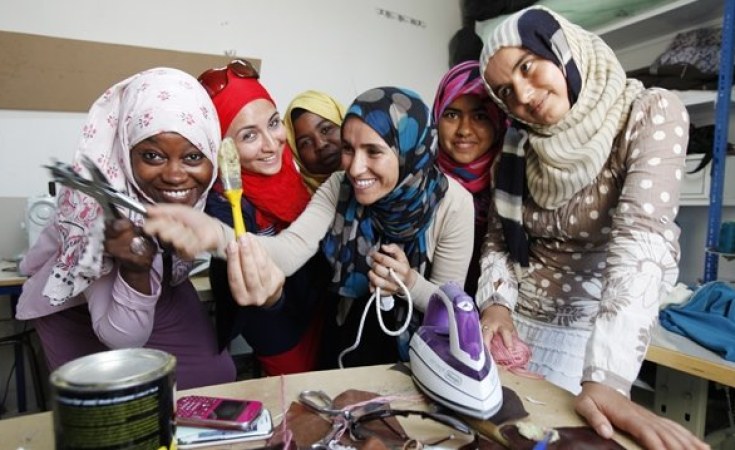In the Middle East and North Africa region, concern with inclusive growth has been nurtured by the Arab uprisings after 2010. This interest partly emanated from the need to understand the root causes of these upheavals and partly from the challenges in the post-uprising era which have seen mounting expectations to improve the conditions of the masses. It is noteworthy that the uprisings mainly occurred against a somewhat paradoxical background of a period of relatively improved economic performance in the region. During 2000-2010, for instance, MENA's real GDP growth averaged around 4%-5% a year including in Tunisia, Libya and Egypt, where mass revolts erupted. Yet, the region suffered from economic and social disparities with persistently high unemployment, particularly amongst the youth. The experience of the Arab region has shown how a narrow focus on growth and a failure to consider its wider ramifications can have far-reaching consequences. This has in turn put the importance of growth in perspective by reminding us of the fact that the type and pattern of growth are equally significant.
The African Development Bank report, "Measuring Inclusive Growth: From Theory to Applications in North Africa", defined for this purpose a new measurement method to evaluate the inclusiveness of growth. The index is made up of ten dimensions covering relevant aspects of inclusive growth. They include growth; the labor force and employment; health and demography; education; safety nets; social cohesion; gender; the environment; spatial aspects and governance.
In general North African countries underperformed internationally and appeared in the lower median of rankings for all countries. Tunisia was an exception, however, given that her inclusive growth index is at par with that of China, Chile, Russia and Jordan, but lower than that of South Korea and Malaysia. Finally, in the wider Middle Eastern context, oil economies in general performed worse in terms of the inclusiveness of growth
In the North African context, two points stand out with relevant policy implications. First, labour market issues (job creation and lowering especially youth unemployment) remain a key challenge and a principal route to achieving inclusive growth. Second, the performance of these countries (with the exception of Tunisia) is consistently lacklustre across a wide range of dimensions and it would require a concerted effort to improve their inclusive growth track record. A focus on one or two selective dimensions will not be sufficient to improve their comparative ranks.


